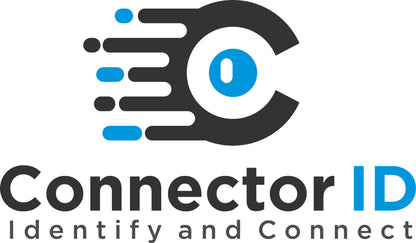Commercial Vehicle Wiring Integration: "Packaging" Technology
The performance and convenience features expected by today’s sophisticated fleets and vehicle owners require advanced and highly reliable electrical power distribution to support systems ranging from emerging electric technology and vehicle personalization to advanced safety systems. Also, data communications architectures are increasing to network the microcomputers controlling these systems.
Wire harness designers continue to face the ongoing challenge of having less real estate to route the wiring systems in the vehicle. At the same time, customers are demanding even more features and functions. One of the critical challenges in resolving this conflict will be optimizing the physical integration, packaging, and installation of the entire electrical and electronic systems.

At Connector ID, we are addressing these issues with advanced and competitive products, high quality, low mass, manufacturing -friendly solutions to our customer requirements.
In conjunction with our supplier partners, we are developing components for future vehicle wiring architectures for physical integration and packaging into the vehicle. These new components will enhance the functionality, performance, buildability, and manufacturing of the total vehicle system. Some of these new technologies will include bussed electrical centers, integrated CAN-Bus electronic modules, styled CAN-Bus compatible switch assemblies, and advanced interconnects. One product that is extremely exciting and is gaining a lot of interest among OEMs is our connected displays and dashboards. For example, MRS's MConn family of connected displays is now available with wired and wireless functionality, including CAN, LIN, GPS, audio and camera inputs, WiFi, and Bluetooth.


In many cases, technologies we are already using are undergoing significant enhancements. For example, MTA’s application of CAD to the development of their MEC 97 advanced bussed electrical center allows for value -competitive wiring architectures. Such wiring architectures will satisfy the need for the increasing demands for niche vehicle application applications, where the flexibility and customization are essential for responsiveness and quality.

In the future, the basis of the physical integration, or packaging, of the wiring system into the vehicle will focus around on new concepts and technologies. The drive behind Connector ID's long-term technology efforts will be the need to help our customers package these systems competitively into the vehicle of tomorrow and beyond.

Leave a comment